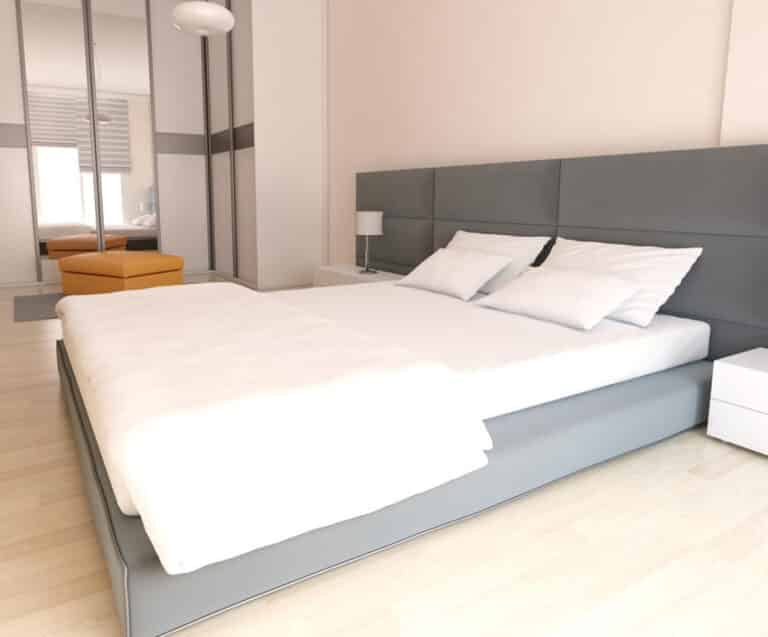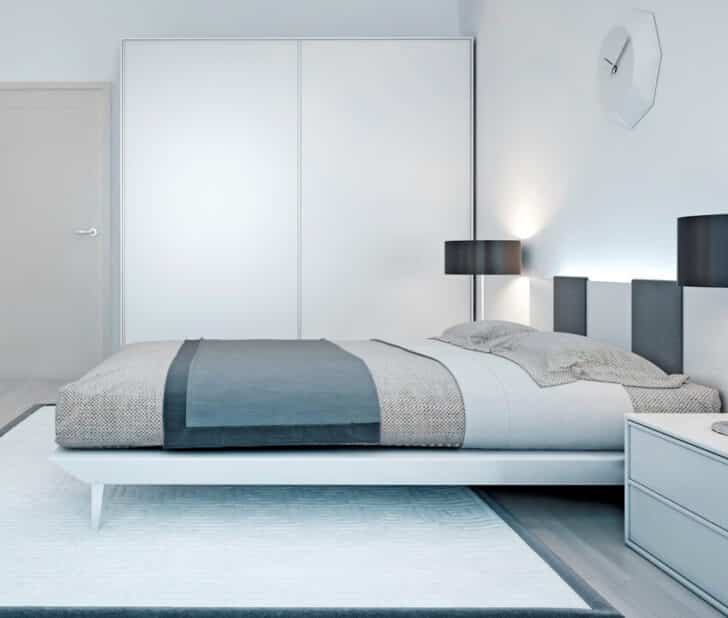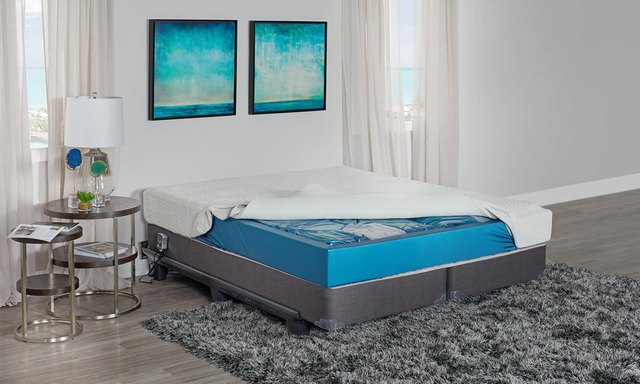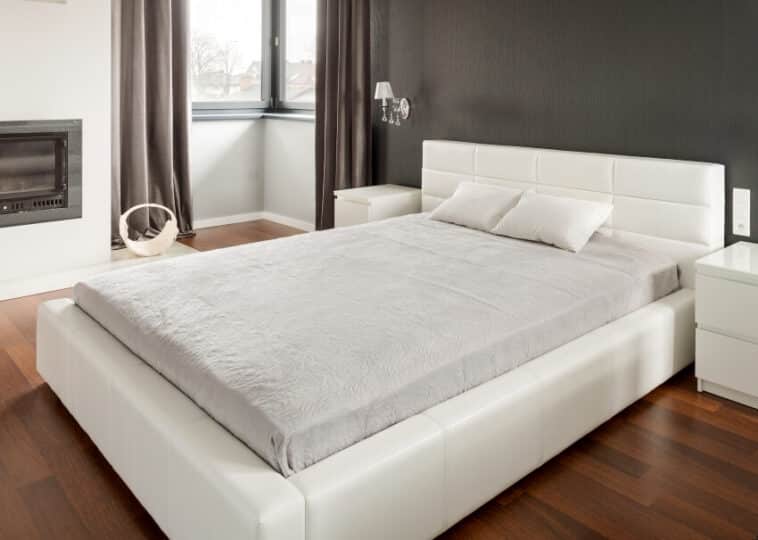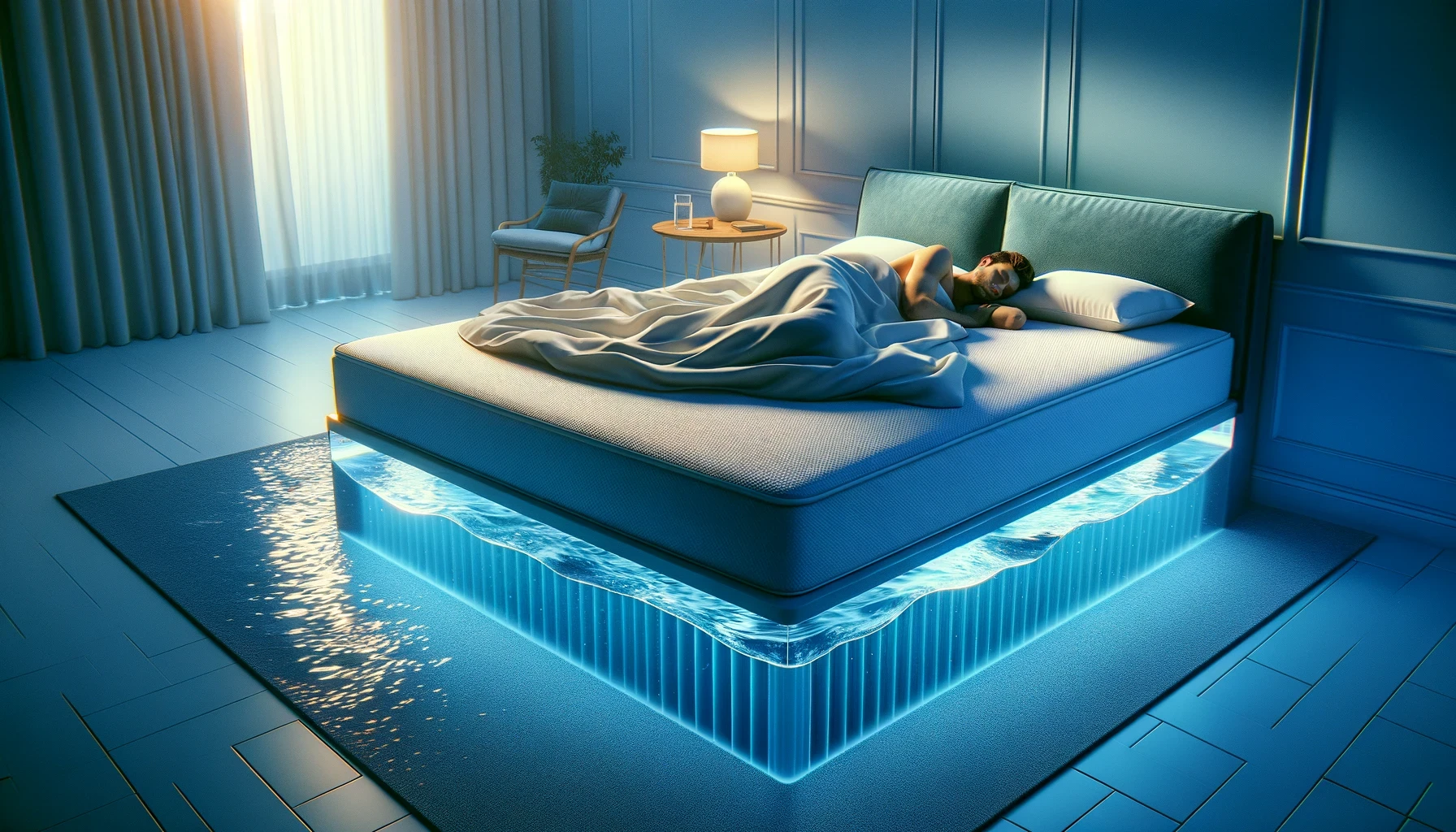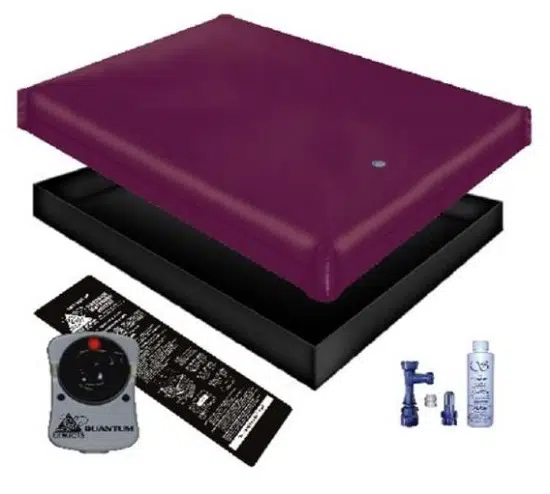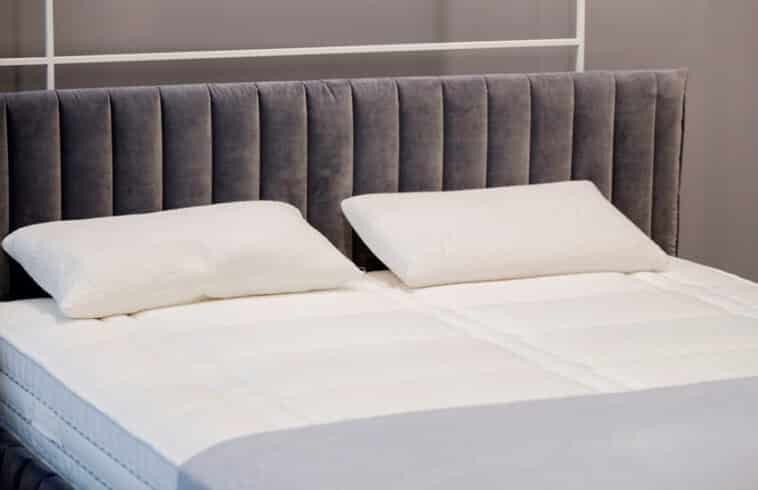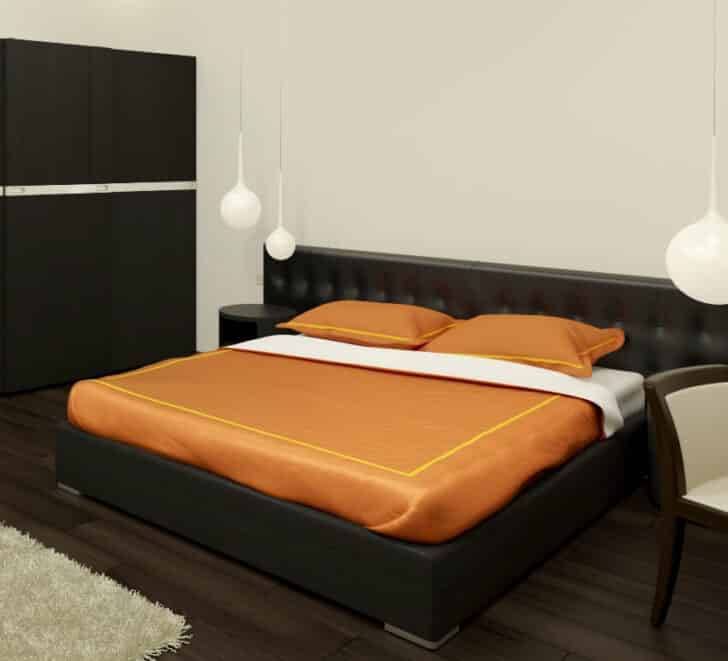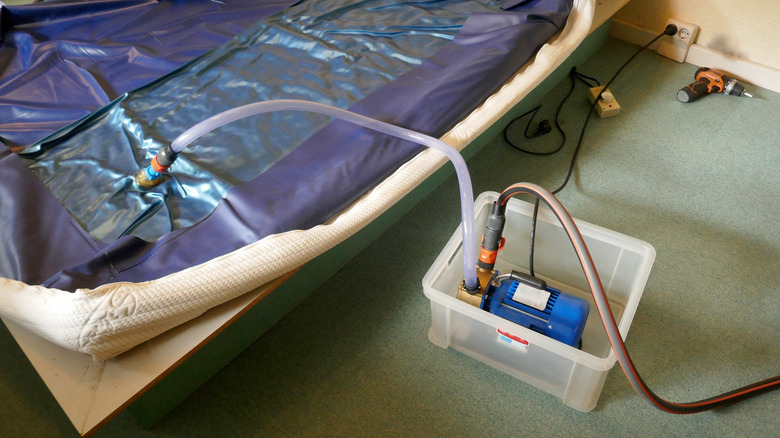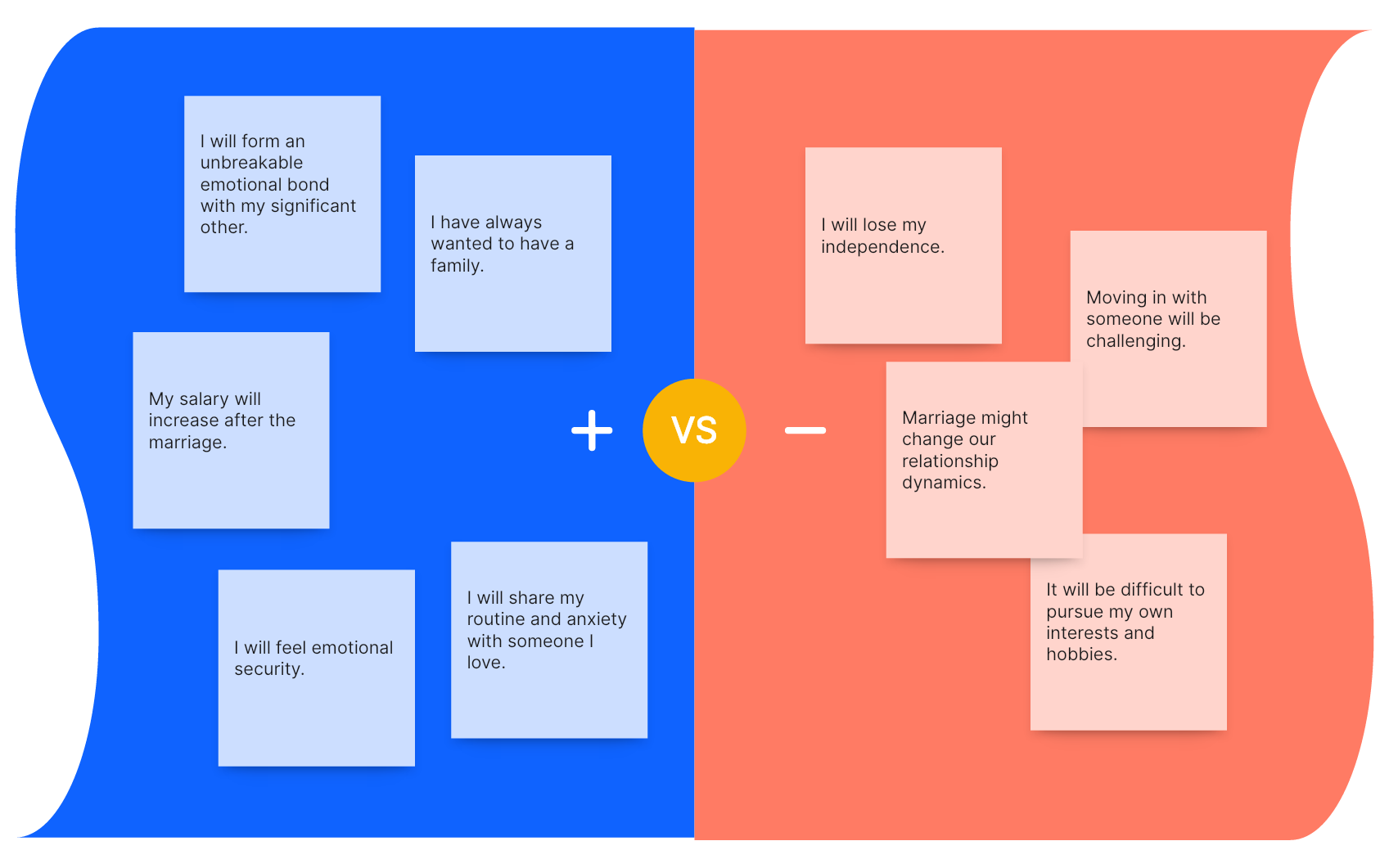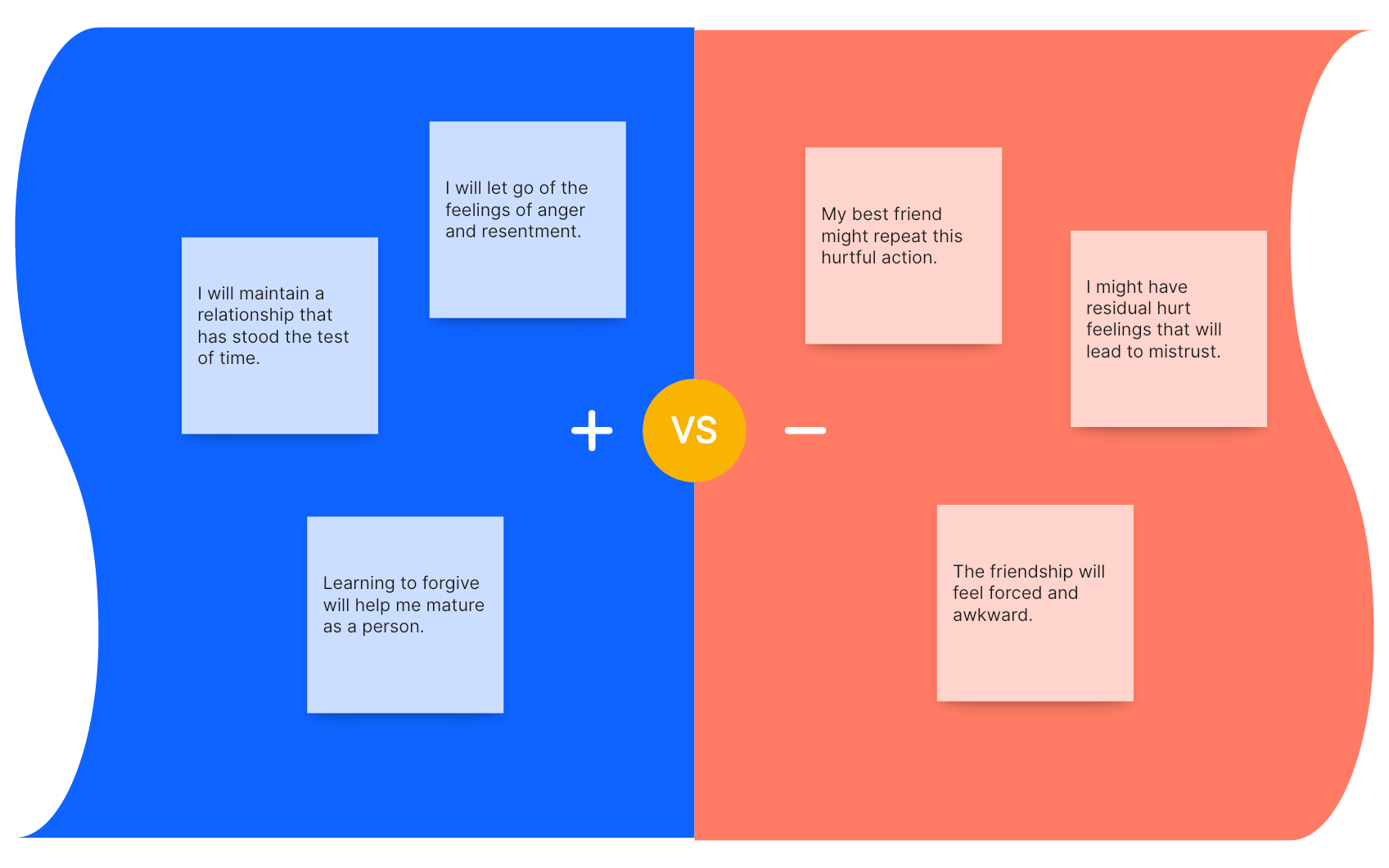Pros And Cons Of Water Bed
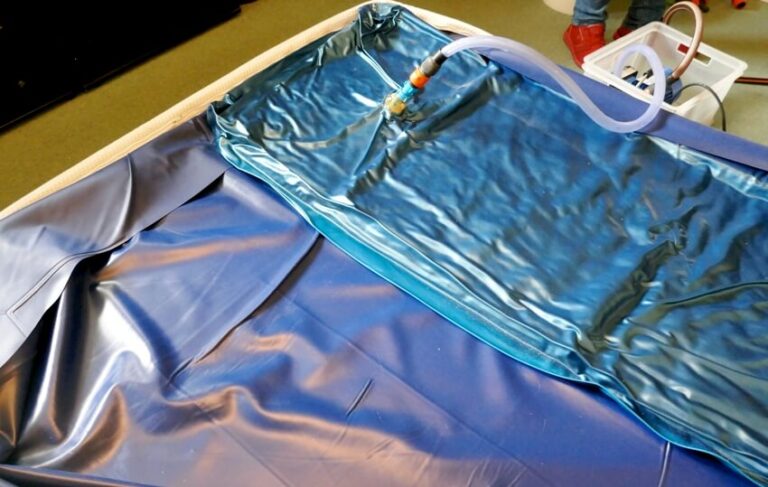
Waterbeds, once a symbol of 1970s counter-culture and advertised for their therapeutic benefits, have largely faded from mainstream popularity. However, a niche market persists, and potential buyers are often faced with weighing the advantages and disadvantages of this unconventional sleep surface.
This article examines the pros and cons of waterbeds, providing a balanced overview to inform consumers considering this unique bedding option. It will explore factors such as comfort, health, maintenance, and cost to offer a comprehensive understanding of what owning a waterbed entails. This information is intended to provide a neutral view for consumers.
The Allure of Aquatic Slumber: Pros of Waterbeds
Comfort and Support
One of the primary reasons people choose waterbeds is the purported comfort they offer. The water conforms to the body's shape, distributing weight evenly and reducing pressure points. This can be particularly beneficial for individuals with back pain or arthritis.
Proponents also highlight the warmth of heated waterbeds, especially during colder months. The ability to adjust the temperature provides a customized sleep environment that can alleviate muscle tension and promote relaxation. This adjustable temperature is a key selling point.
Potential Therapeutic Benefits
Historically, waterbeds have been promoted for their potential therapeutic benefits. The even weight distribution can improve circulation, and the warmth can ease joint stiffness. Early advertisements often emphasized these medical advantages.
Some users report that the gentle rocking motion of a waterbed can be soothing and aid in falling asleep faster. However, scientific evidence to definitively support these claims is limited. More research is needed to validate these subjective experiences.
Customization and Longevity
Modern waterbeds offer a degree of customization, with options ranging from free-flow mattresses to those with baffles that minimize motion. This allows users to choose a level of support and stability that suits their preferences. The choice is crucial to satisfaction.
With proper care, a high-quality waterbed can last for many years. The lifespan often exceeds that of traditional mattresses, making them a potentially economical choice in the long run. Durability depends heavily on material quality and maintenance.
The Undertow: Cons of Waterbeds
Maintenance and Practical Considerations
Waterbeds require more maintenance than conventional mattresses. Filling, draining, and adding water conditioner to prevent algae growth are necessary tasks. Neglecting these steps can lead to unpleasant odors and reduced mattress lifespan.
The weight of a filled waterbed can be significant, requiring a reinforced bed frame and potentially posing challenges for moving or relocating. The weight issue is particularly concerning for upper floors in apartment buildings.
Potential for Leaks and Damage
The risk of leaks is a major concern for waterbed owners. Even small punctures can lead to significant water damage, potentially affecting flooring and other belongings. Regular inspections and careful handling are essential.
Repairing a waterbed leak can be messy and time-consuming, and in some cases, the mattress may need to be replaced entirely. This vulnerability adds to the overall cost and inconvenience of ownership. Leaks remain a significant drawback.
Cost and Energy Consumption
While the initial cost of a waterbed may be comparable to that of a traditional mattress, ongoing expenses can add up. Water conditioner, electricity to heat the mattress, and potential repair costs contribute to the overall cost of ownership. These costs are often underestimated.
The energy consumption of a heated waterbed can be considerable, particularly in colder climates. This can result in higher electricity bills, offsetting some of the comfort benefits. Energy efficiency should be a key consideration.
Declining Popularity and Limited Availability
The declining popularity of waterbeds has led to a decrease in availability, making it harder to find replacement parts or professional repair services. This limited market access can be frustrating for owners. Finding a reputable service provider can be challenging.
The smaller market also means fewer options in terms of styles, sizes, and features. Consumers have less choice compared to the vast selection of traditional mattresses available. Variety is notably less than in the mainstream market.
Conclusion: Weighing the Pros and Cons
Ultimately, the decision of whether or not to invest in a waterbed is a personal one. Potential buyers must carefully weigh the advantages and disadvantages based on their individual needs, preferences, and lifestyle.
While the promise of enhanced comfort and potential therapeutic benefits is appealing, the maintenance requirements, risk of leaks, and ongoing costs should not be overlooked. Informed consumers can make a decision that aligns with their priorities and ensures a satisfying sleep experience. Research is crucial for potential buyers.
As sleeping technology evolves, waterbeds may continue to exist as a niche option for those seeking a unique and customized sleep experience. However, their resurgence into mainstream popularity seems unlikely given the advances in conventional mattress technology. The future of waterbeds remains uncertain.
